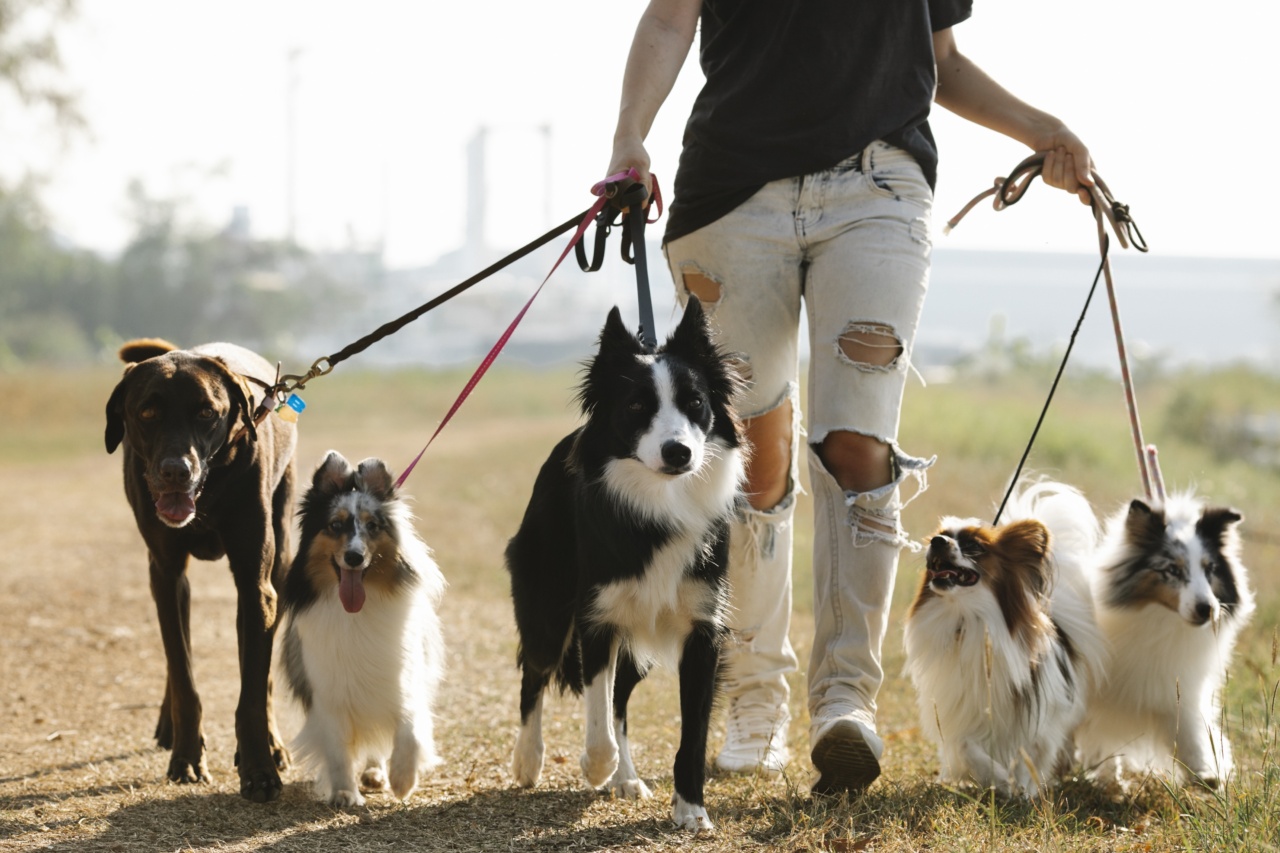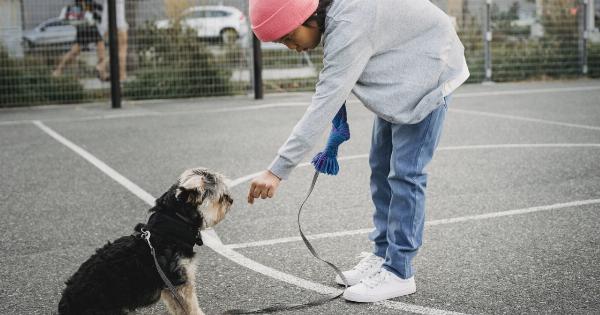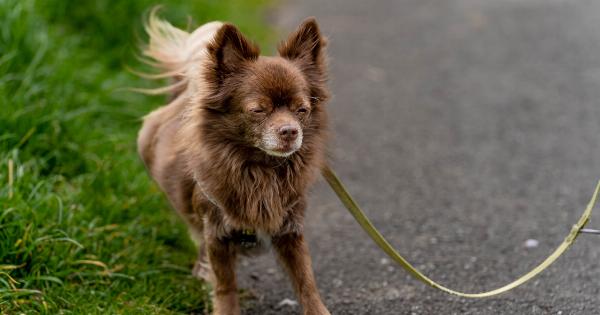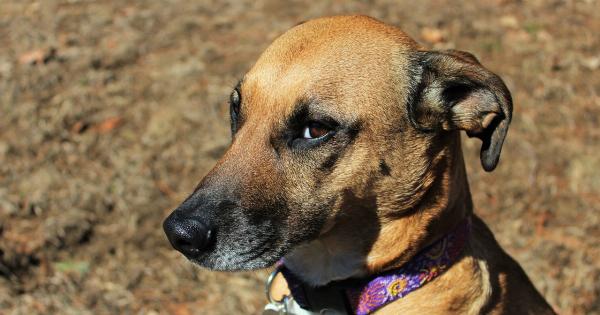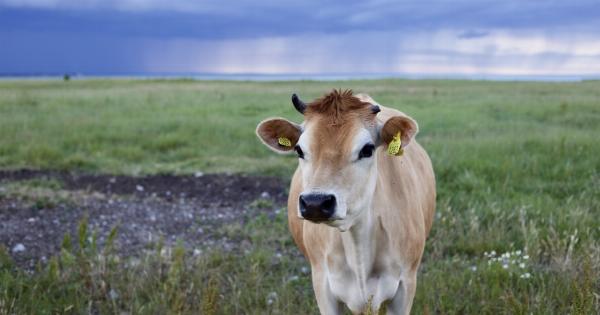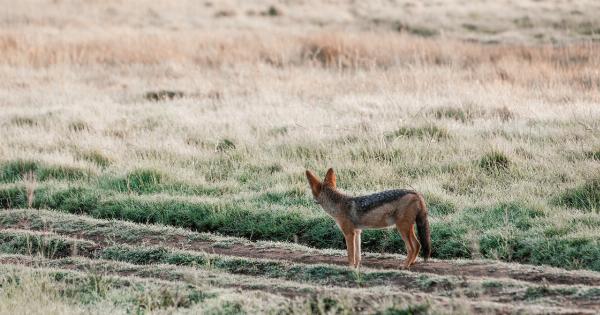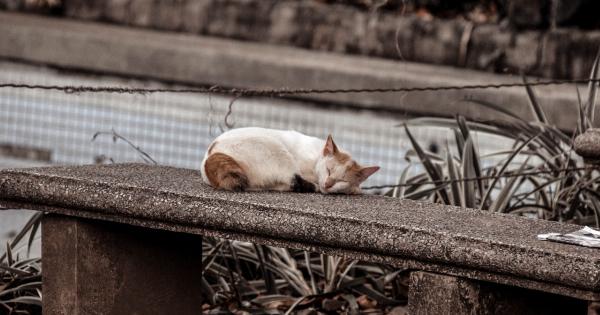Having pets can be a joy, but it also comes with a great deal of responsibility. In rural communities, this responsibility can be amplified due to a lack of nearby resources and services.
It is essential that anyone considering owning a pet in a rural community understands the level of responsibility that comes with it.
Training and Education
Education and training are critical when it comes to living responsibly with pets in a rural community.
Without access to nearby veterinary offices or animal behaviorists, it’s important to learn as much as you can about your pet and best practices for treating and training them.
There are a variety of resources available for pet owners in rural communities, such as online courses and communities, dog training books, and local classes.
Taking the time to learn about your pet and their specific needs is key to their health and happiness.
Proper Care and Nutrition
In rural communities, access to pet stores and veterinary offices can be limited. It is important to ensure that your pets have access to good nutrition and appropriate healthcare.
Pet owners must be prepared to provide their animals with proper nutrition, exercise, and attention. This includes providing them with plenty of fresh water and food and maintaining a clean living space for them.
Additionally, it’s important to get your pet checked by a veterinarian at least once per year to ensure they’re healthy and receiving all necessary vaccinations.
Environmental Management
In rural communities, there are often more opportunities for pets to roam and explore. While this can be great for their mental and physical health, it’s important to manage their environmental impact.
This may mean keeping them on a leash when near livestock or heavily trafficked roads or providing them with a designated play area that won’t cause damage to crops or other vegetation.
Additionally, it’s crucial to clean up after your pets, both in public and on your property.
Handling Emergencies
Being prepared for emergencies is critical for pet owners in any community, and especially in rural areas where access to veterinary services can be limited.
It is important for pet owners to have a plan in place in case of an emergency, such as a natural disaster or unexpected illness or injury. This may mean creating a first-aid kit or identifying nearby emergency veterinary offices or shelters.
Spaying and Neutering
Spaying and neutering are essential components of responsible pet ownership. In rural communities, uncontrolled breeding can lead to overpopulation and an increased risk of illness and injury.
By spaying or neutering your pets, you can help control the population and reduce the number of unwanted animals in your community. It’s important to discuss the best timing and process for spaying or neutering your pet with a veterinarian.
Community Involvement
Getting involved in your local community can help foster a sense of responsibility and accountability for pets in your area. This may mean volunteering at a local shelter, attending town hall meetings, or participating in community outreach programs.
By getting involved, you can help foster a culture of responsible pet ownership in your community and create a safer, more welcoming environment for all animals and their owners.
Conclusion
Through education, training, and a commitment to responsible pet ownership, rural communities can create safer, happier environments for all animals and their owners.
By taking the time to learn about your pet’s needs and taking appropriate measures to care for them, you can help make your community a better place for everyone.
